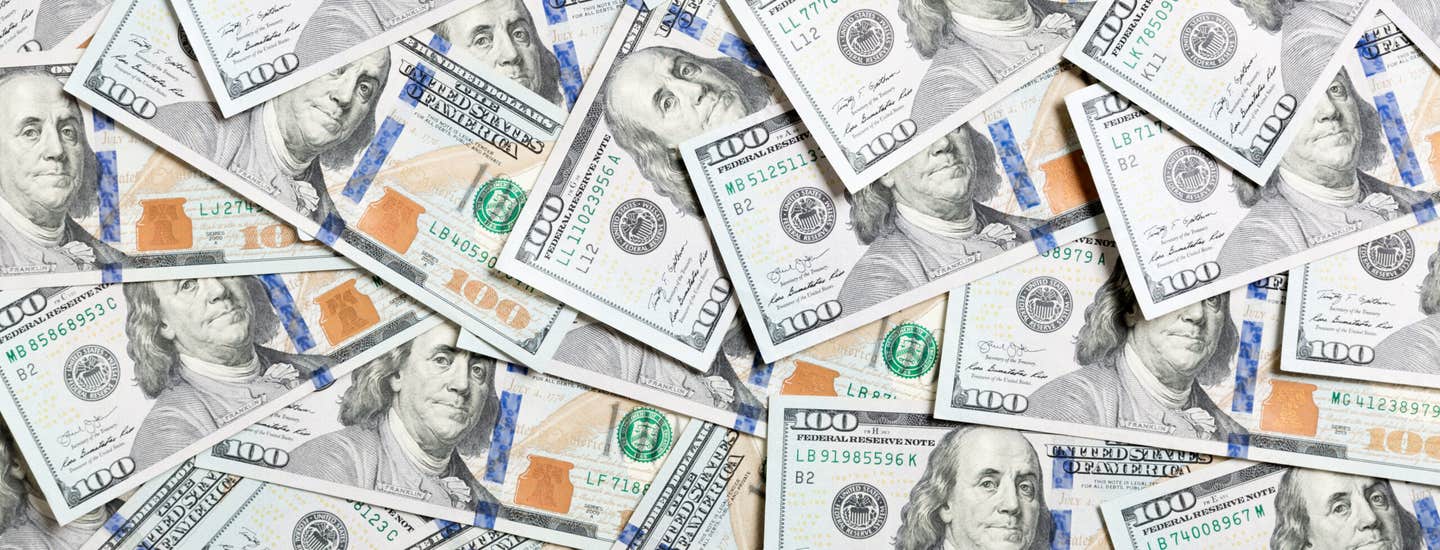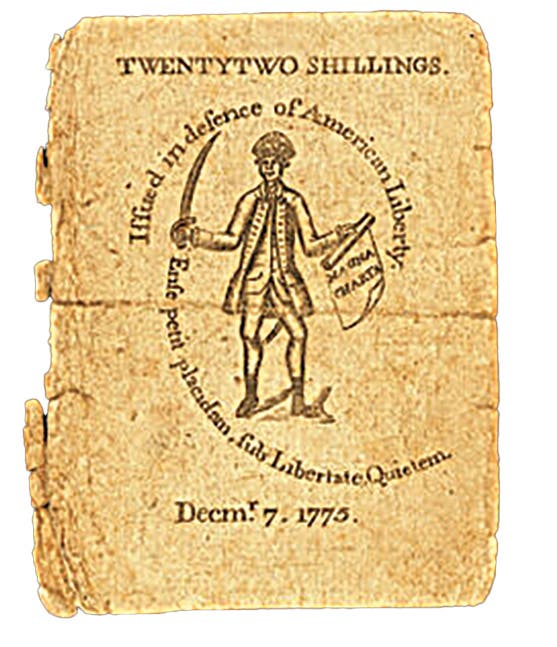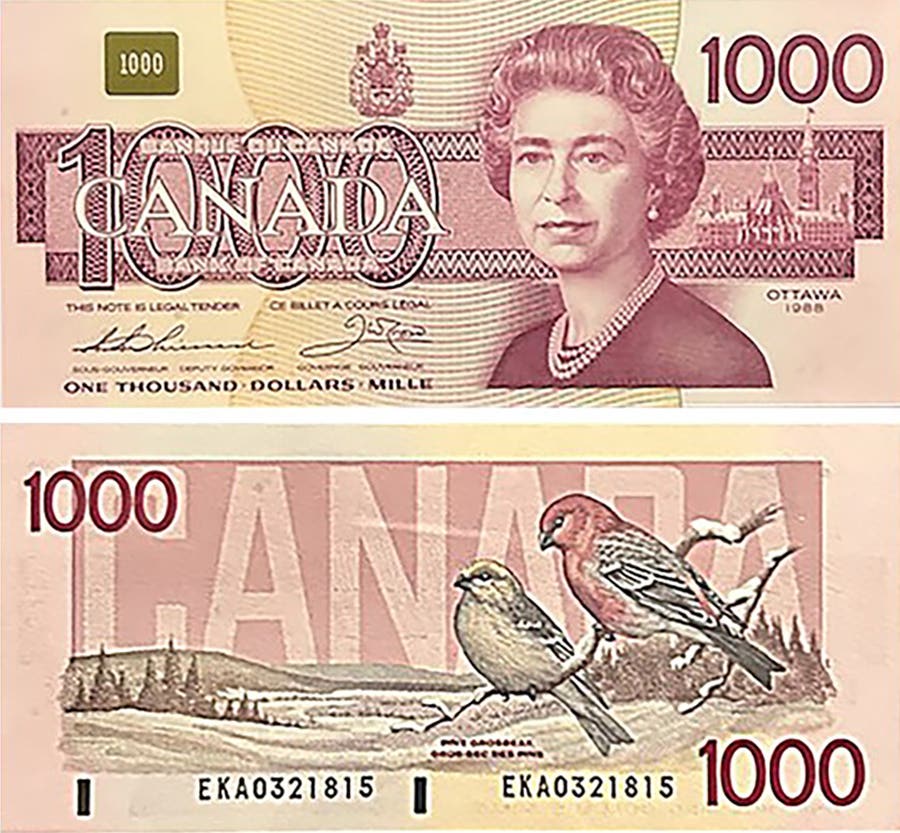Interest in World Currency Staying Enthusiastic
The market seems hot right now. As I write this there are a number of factors at work in our economy. Taking an optimistic view of the economy I feel…
The market seems hot right now. As I write this there are a number of factors at work in our economy. Taking an optimistic view of the economy I feel this hot streak will continue. The Large Size notes continue to increase in value, as do other facets of the paper money hobby. I believe one area that should grow, but offers less expensive material, is the Small Size notes. There are many ways to collect them. Some collectors enjoy putting District Sets together, these are the green seal Federal Reserve Notes from each of the issuing districts. All 12 districts do not always issue notes, so sometimes only 5 or 6 districts will print notes. The Rag Picker, the magazine of the Paper Money Collectors of Michigan, maintains a list of traders for the various districts. These individuals buy multiple notes from the district they collect and trade with other members, or other interested collectors. This has been going on for over 50 years in the PMCM. That is just one area. Silver Certificates are vert collectable. You can collect Stars, Mules, or even blocks of individual issues. Red Seal Ones, Twos. Fives and Hundreds are available in these Legal Tender Notes. Gold seal Notes of 1928, a short series because we went off gold backed notes shortly after their issue. They run the gamut of denominations from $10 to $1,000. The Brown and Yellow seal notes of World War II offer interesting notes from $1 to $20. There are Stars and Mules, as well as a number of blocks to pursue as well as knowledge of history concerning WWII.
I have enjoyed seeing Junior Exhibits at shows that illustrated the different seal colors on Small Size notes. A very neat way to generate interest in young collectors.
A good book to look for is any edition of The Standard Guide to Small Size Paper Money by Schwartz and Lindquist. It explains numbering systems, sheet layouts, and details printing statistics. It explains Mules, Changeover pairs and numerous other details of Small Size notes. It is out of print now but can be found on the internet. Early issues of O’Donnels book on the same subject also provides this information.
In other areas of the hobby, I see interest in world currency staying enthusiastic. As more people discover the beauty of South American notes printed by the American Banknote Company. This is also a great spot to start off youthful collectors. Great color, an appreciation of history and ethnic recognition. I enjoy Canadian currency because my mother’s side of the family emigrated to Canada from Ireland about the time of the great Potato Famines. Email me at billbrandimore@charter.net








